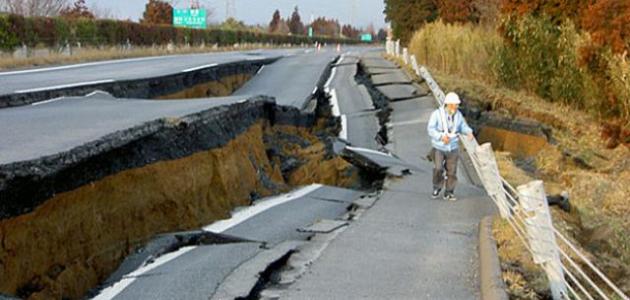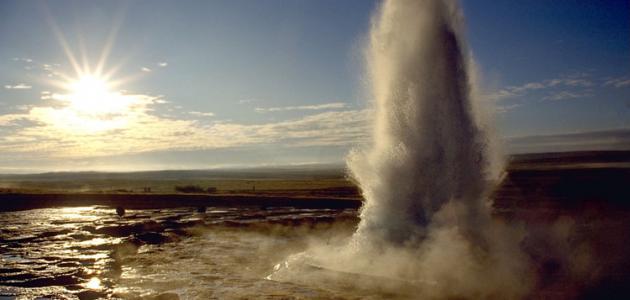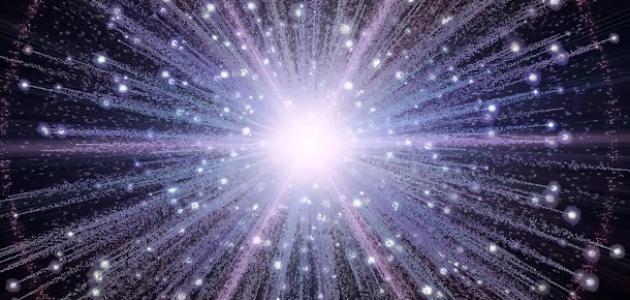Rainbow
The rainbow is a multi-colored arc that appears after rain or during its fall while the sun is shining. It is a natural physical phenomenon that occurs as a result of the refraction and reflection of sunlight through rainwater droplets. The sequence of colors in the arc usually appears in red from the outside and gradually turns to orange and then color. Yellow, then green, then blue, then indigo, and finally violet from the inside. It often appears in the form of a semicircle, and in some cases it is due to the refraction of moonlight through water droplets. It must be mentioned that the rainbows that we see are actually complete circles, but a person on the surface of the Earth cannot see them, while passengers traveling by air can see them sometimes.
The rainbow is not a physical thing that can be touched. Rather, it is an optical illusion or something similar to a mirage, and it does not have a specific or fixed place in the sky. Your vision of the rainbow depends on where you stand and the location of the sun or light source, so that the sun must be behind the person watching the rainbow.
Naming a rainbow by this name
There is a difference in the meaning of iridescence. It was said that it comes from “iridescence,” meaning height, and it was said that it is the plural of “iridescence,” which is a way in which colors are composed. It is an arc that appears in the sky and is on the side of the horizon opposite the sun. It consists of the colors of the spectrum in succession as follows: violet, indigo, blue, green. Yellow, orange, red, and is caused by the reflection of sunlight on water spray in the air. There are those who said: It is the name of the angel entrusted with the clouds, and it was said: It is from Qaza, and Qaza means the clouds, and it is said that Qaza is one of the names of Satan, so it is preferable to say the rainbow or the bow of God.
Read also:Why does a lunar eclipse occur when it is full?Rainbow angle
When you see a rainbow, this indicates that the eye of the viewer is in the opposite direction to the direction of the sun's rays. Most types of rainbows form when sunlight falls at an angle of 42 degrees on raindrops.
Physical explanation of its formation
It is worth noting that sunlight contains many spectral colors, which are rays of different wavelengths and have different speeds in each medium. Red waves have a long wavelength and their speed is relatively slow, while violet waves have a short wavelength and their speed is relatively fast. When light enters from one medium to another with different densities, the light will be refracted and change its path. In the beginning, sunlight is refracted when it enters in droplets. Circular rain, then the light is reflected again on the inner back surface of the water droplets, then it is refracted again when it leaves the drops, and since the refractive index varies with the wavelength, the angle of refraction varies with the wavelength, so the long, red-colored, slow-speed waves will be refracted at an angle Less than the short waves of violet color and high speed - as the refractive index increases as the wavelength decreases - and since each color is refracted at a different angle, the waves scatter, forming a series of colors graduating from red to violet, which is the same idea from the principle of the work of the glass prism, as it disperses white light To its main components, which are the colors of the spectrum. The color that has a slow speed inside the glass will deviate from its path with a high intensity at the border that separates the glass and the air. As for the color that has a high speed in the glass, it has no effect on it, so the white light, which consists of the colors of the spectrum, will disperse according to the speed and frequency of each color when it passes through the glass.
Read also:Types of weather storms and their causesTypes of rainbow
Rainbows are classified depending on their shape or the light source causing them, and these types include:
- Natural rainbow: It appears in the form of a semicircle or an arc, as we usually see.
- double rainbow: It appears in the form of two arcs on top of each other, one of which is less clear than the other.
- Twin rainbow: It appears as two arcs next to each other and appears as if they emerge from the same point.
- Red rainbow: Or what can be called the red twilight or the monochromatic arc, and it appears at sunrise and sunset, and is formed because the red color with a long wavelength travels a greater distance through the sky and the rest of the colors with a short wavelength (blue and violet) are dispersed, so the red color appears alone in the sky.
- Fog arc: They often look like a natural rainbow, but because the water droplets suspended in the air in fog are smaller than regular raindrops, the fog rainbow is not as easily noticeable and usually tends to be more white.
- Moon arc: It is an arc resulting from the reflection and refraction of moonlight through water droplets. Of course, because moonlight is dimmer than sunlight, it is dimmer than a natural rainbow.
Harmful effects of rainbows and light scattering
Rainbows may create beautiful landscapes, but they may also pose problems for visual systems. White light is used to transmit messages via optical fibers, and its scattering across the fibers may lead to messages getting mixed up or lost, and thus it can be annoying.
Read also:Where is Victoria Desert located?Rainbows and myths
The rainbow has been associated with many myths, as people usually associate its appearance with the presence of treasures or jewelry at the end of the arc. There are those who claim that it is bridges linking our world with the worlds of the supernatural. In other accounts, it is said that it is the bow of one of the gods and he uses it to throw his arrows that create lightning.









